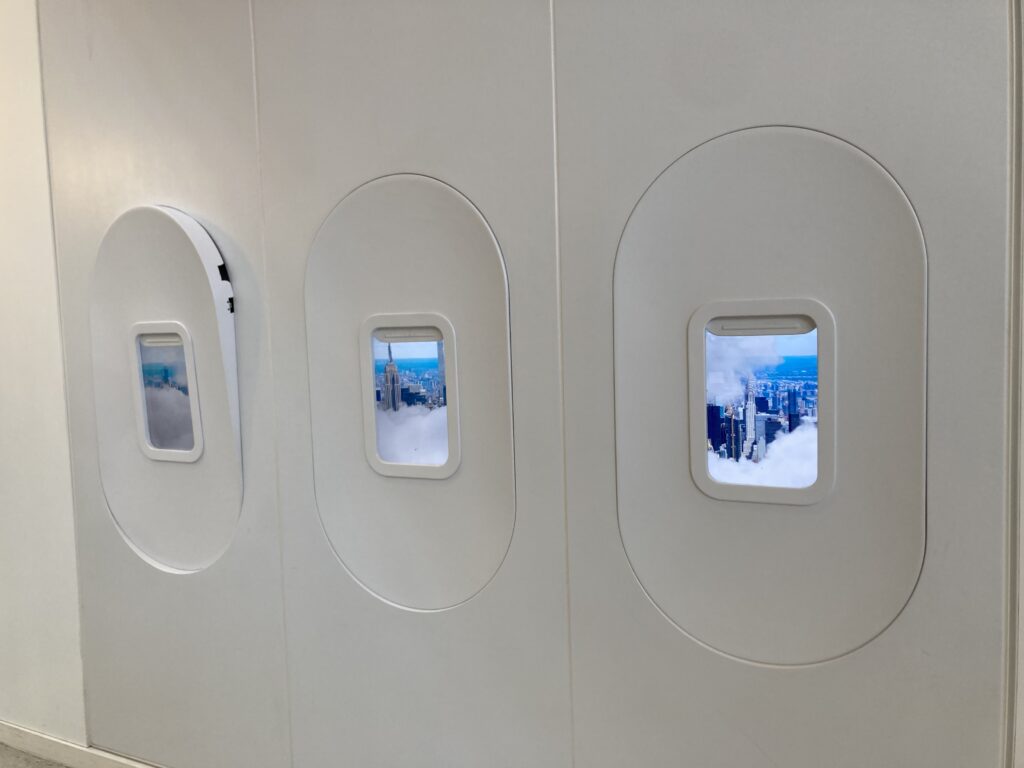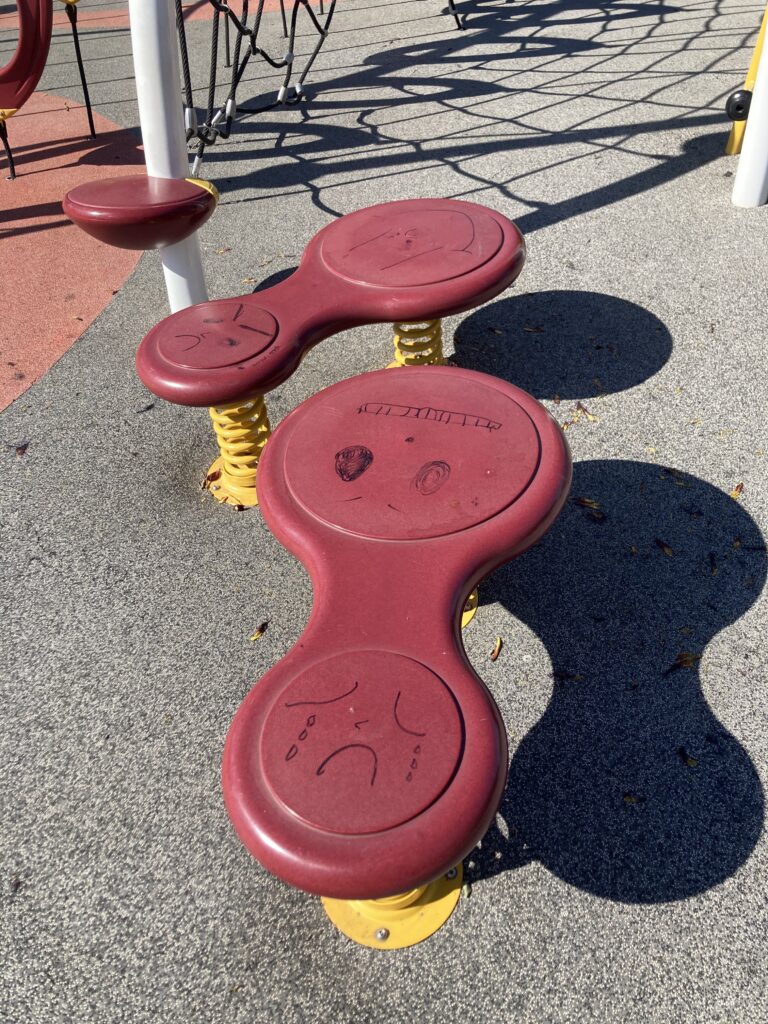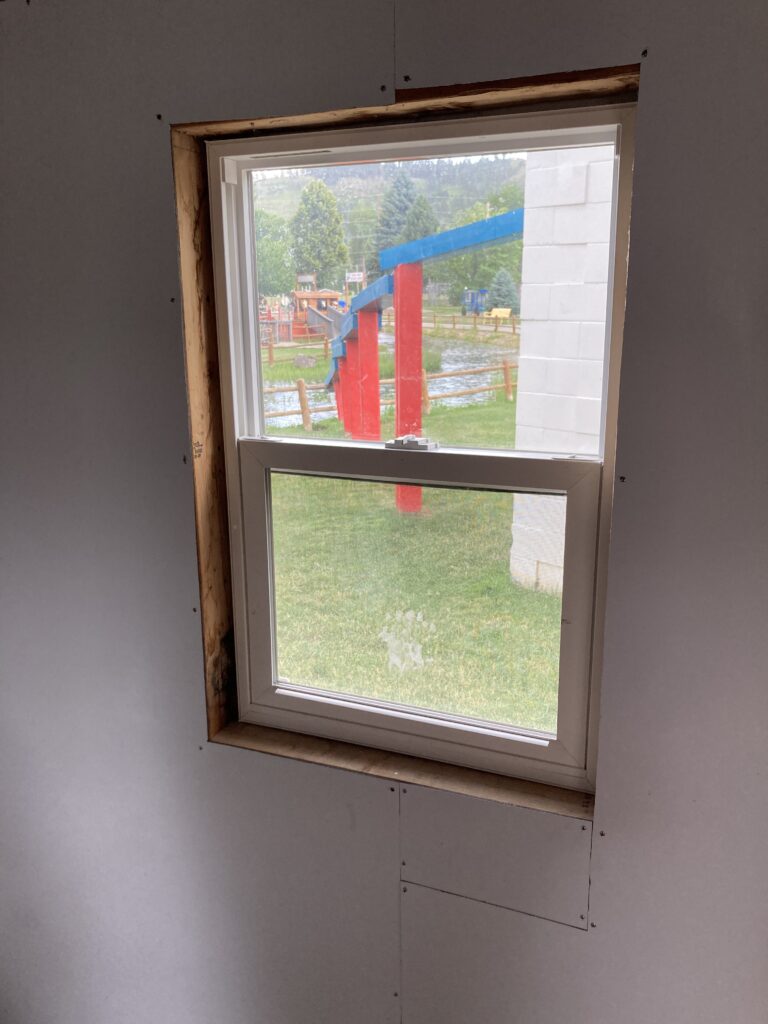‘Hardly a single attraction, in its current form, Chamber, Illinois has officially given itself over to the life of F.G. Williams, a former resident who passed away in 2017. Among the many Williams exhibits, one might puruse ‘The Williams Museum,’ which exists in the man’s former home and archives his belonging in the rooms where he left them. One might take the F.G. Williams walking trail, which consists of a circuitous path around town, hitting the liquor store twice, and takes up most of a day for several hours-long sits on local benches, where one is encourage to pass out or weep. If the time is right, one might engage in the F.G. Williams Pageant, an event that consumes the attention of the entire town’s population for months previous as they decide upon which theme of Williams’ life they will be highlighting and how, through song, dance, and short plays, they might convey those themes to the baffled outsiders who sprinkle the bleachers when ‘Williams’ Month’ begins in full.
Casual fans will be impressed with the library’s collection of Williams’ works, including the original written copies of ‘The Long Lonely’ and ‘Dying Cat,’ two of his darkest memoirs of life living alone. A Williams’ gift shop exists as something of a black sheep on the edge of town, selling booze and tasteless t-shirts and doing what it can to remind people that F.G. Williams, while around, was kind of an asshole and that nobody in the town did a thing to help him.’
I’ve only read Williams’ first book, The Bleak Years, so I enter chamber with something of a handicap in understanding what all the hype is about. It was a tough read, only because I’ve battled with the same feelings that eventually killed Williams. I recognized myself in some of his writing and stopped while I was still in the mood to self reflect and well before I began to ruminate. I don’t know how the people of chamber can live with his stories year-round.
Several statues of the man slump about town, his sad eyes and wild hair captured in metal and stone. I drive past the cemetary where his plot is obvious by its decortation. I see several Williams look-alikes stalking through the park, and wonder if they’re outside fans or residents preparing for the pageant next week. I’ve chosen to skip that, instead, paying an exhoribtant price for what is basically a depression-themed AirBnB, advertised as being ‘in sight of the Williams’ Museum.’
When I pull into the driveway I’m greeted by yet another F.G. Williams, who stalks out of the door and unhelpfully directs the camper up near the garage.
“You’re late,” he grumbles. I check my watch and see that I’m actually early.
“We don’t need to do the acting part if that’s cool,” I say and the man immediately straightens, removes his beard.
“Ah, all right. I, uh. My wife’s from here and we just moved into town. Still getting a feel for it.”
“Seems sad.”
“Wait till you see the inside.”
The house is a mess. Empty pizza boxes and beer cans litter the kitchen. Several cat boxes are crammed into the bathroom. Clothes litter the floor of every room.
“This is all clean,” the man explains, “We replace those pizza boxes every week or so in case the cardboard smell is too much. We get a lot of complaints about the cleanliness, actually. Not real enough or what have you, but we can’t just put people in with rats, can we?” He pauses long enough that I wonder if he’s looking for an answer. “Anyway, these rooms are modeled after ‘The Williams House,’ down the street there. You’ll recognize the mess. These are all Williams’ brands. Local pizza place named a pie after him even before he was gone- their claim to fame. Uh, any questions?”
I kick a can gently across the floor and the man picks it up and puts it back where it was. “I’m good,” I tell him.
There are a few copies of Williams’ books stashed in the drawer near the bed and I flip through them again, all long rants about his current difficulties and his loneliness. Occasional pointed jabs at the very people and businesses that idolize him now. As the sun is setting I begin to hear music from the pageant grounds. Three people weep and pull their hair outside ‘The Williams’ House’ while their spouses film. I close the shades and turn it for the night.
It’s what Williams would have done.
-traveler





